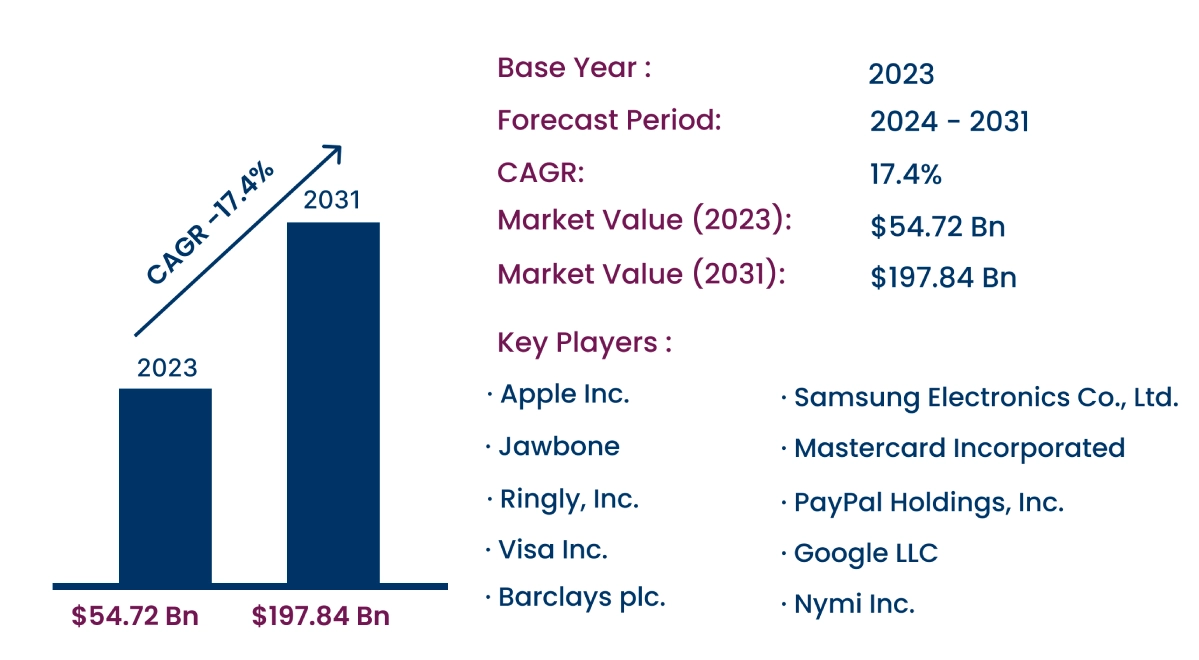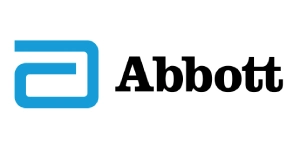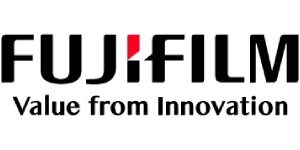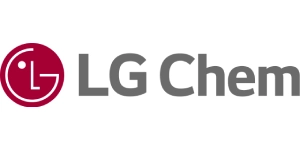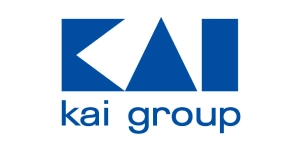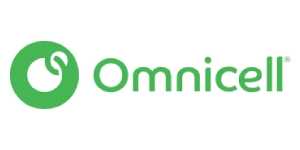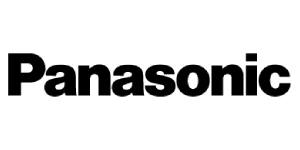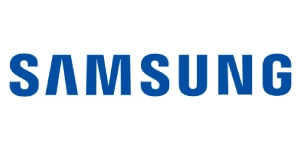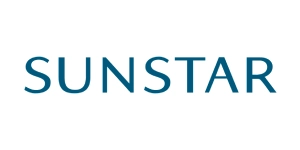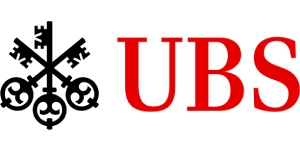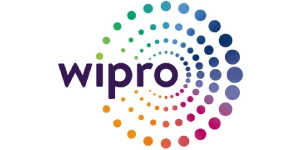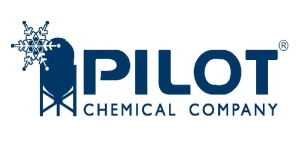Global Wearable Payment Market to Reach USD 197.84 Billion by 2031 | CAGR of 17.4%
Category : IT And Telecommunications | Published Date : Nov 2024 | Type : Press Release
Wearable Payment Market Scope & Overview:
In the newly published report, Consegic Business Intelligence states that the Wearable Payment Market was valued at USD 54.72 Billion in 2023 and is projected to reach USD 197.84 Billion by 2031, growing at a CAGR of 17.4% from 2024 to 2031. Wearable payment devices, including smartwatches, fitness trackers, smart rings, and more, enable users to make contactless payments seamlessly from their wearable technology. These devices offer significant versatility, finding applications across transportation, retail, healthcare, and events, enhancing user convenience, security, and transaction speed.
The report comprises the Wearable Payment Market Share, Size & Industry Analysis, By Device Type (Smart Rings, Wristbands, Fitness Trackers, Smartwatches), By Technology (NFC, RFID, QR, Barcodes), By Payment Mode (Credit Cards, Debit Cards, Mobile Payments, Cryptocurrency), By End Use (Transportation, Retail, Healthcare, Festivals and Events, Others), and By Region (North America, Europe, Asia-Pacific, Latin America, Middle East & Africa), and Forecast, 2024-2031.
The report contains detailed information on Wearable Payment Market Trends, Opportunities, Value, Growth Rate, Segmentation, Geographical Coverage, Company Profile, In-depth Expert Analysis, Revenue Forecast, Competitive Landscape, Growth Factors, Restraints or Challenges, Environment & Regulatory Landscape, PESTLE Analysis, PORTER Analysis, Key Technology Landscape, Value Chain Analysis, and Cost Analysis.
Increasing demand for contactless payment solutions and technological advancements in wearable devices drive market expansion, while integration with advanced biometrics offers significant growth opportunities.
Segmental Analysis :
Based on device type, the market is segmented into smart rings, wristbands, fitness trackers, and smartwatches.
- Smartwatches held the largest market share of 56.94% in 2023, driven by the wide adoption of payment and health tracking features, providing users with versatility in daily tasks.
- Fitness trackers are projected to grow at a significant CAGR, driven by rising health consciousness and the demand for wearable devices that combine fitness and payment functionalities.
Based on technology, the market includes NFC, RFID, QR, and barcodes.
- NFC (Near Field Communication) led the market in 2023, owing to its secure and efficient payment capabilities, facilitating quick transactions with a simple tap.
- NFC is also expected to register the highest CAGR during the forecast period, supported by the widespread adoption of wearable payment devices and the integration of contactless payment options.
Based on payment mode, the market encompasses credit cards, debit cards, mobile payments, and cryptocurrency.
- Mobile payments accounted for the largest share in 2023, as they allow for efficient and secure transactions through wearable devices.
- Credit card payments are projected to experience the fastest growth, offering users rewards and fraud protection while providing a convenient payment method integrated into wearable technology.
Based on end use, the market includes transportation, retail, healthcare, festivals and events, and others.
- Retail was the largest segment in 2023, as wearable devices provide a quick and secure alternative for in-store transactions.
- Healthcare is expected to grow at the fastest CAGR, driven by the adoption of wearable payment solutions in hospitals and clinics for enhanced patient convenience.
Based on regions, the global market is segmented into North America, Europe, Asia-Pacific, Middle East & Africa, and Latin America.
- Asia-Pacific led the market in 2023, driven by the rapid adoption of digital payment solutions and advanced technology in countries like China and India.
- North America is expected to grow significantly, supported by established digital infrastructure and the high acceptance of wearable devices in the U.S. and Canada.
| Report Attributes | Report Details |
| Study Timeline | 2018-2031 |
| Market Size in 2031 | USD 197.84 Billion |
| CAGR (2024-2031) | 17.4% |
| By Device Type | Smart Rings, Wristbands, Fitness Trackers, Smartwatches |
| By Technology | NFC, RFID, QR, Barcodes |
| By Payment Mode | Credit Cards, Debit Cards, Mobile Payments, Cryptocurrency |
| By End Use | Transportation, Retail, Healthcare, Festivals and Events, Others |
| By Region | North America(U.S., Canada, Mexico) Europe(U.K., Germany, France, Spain, Italy, Russia, Benelux, Rest of Europe) APAC(China, South Korea, Japan, India, Australia, ASEAN, Rest of Asia-Pacific) Middle East & Africa(GCC, Turkey, South Africa, Rest of MEA) LATAM(Brazil, Argentina, Chile, Rest of LATAM) |
Top Key Players & Competitive Landscape :
The competitive landscape encompasses major innovators, aftermarket service providers, industry giants, and niche players, all of which are thoroughly examined by Consegic Business Intelligence in terms of their strengths, weaknesses, and value-addition potential. This report includes detailed profiles of key players, market share analysis, mergers and acquisitions, resulting market fragmentation, and emerging partnership trends and dynamics.
List of prominent players in the Wearable Payment Industry:
- Apple Inc. (United States)
- Jawbone (United States)
- Samsung Electronics Co., Ltd. (South Korea)
- Mastercard Incorporated (United States)
- Ringly, Inc. (United States)
- PayPal Holdings, Inc. (United States)
- Visa Inc. (United States)
- Google LLC (United States)
- Barclays plc (United Kingdom)
- Nymi Inc. (Canada)
Recent Industry Developments :
- In January 2024, DIGISEQ partnered with TAP2, a marketplace in the UK, to offer a curated selection of wearable payment devices to a global audience.
- In March 2024, IndusInd Bank launched Indus PayWear, an NFC-enabled wearable payment device that requires no charging and offers security features like device blocking.
